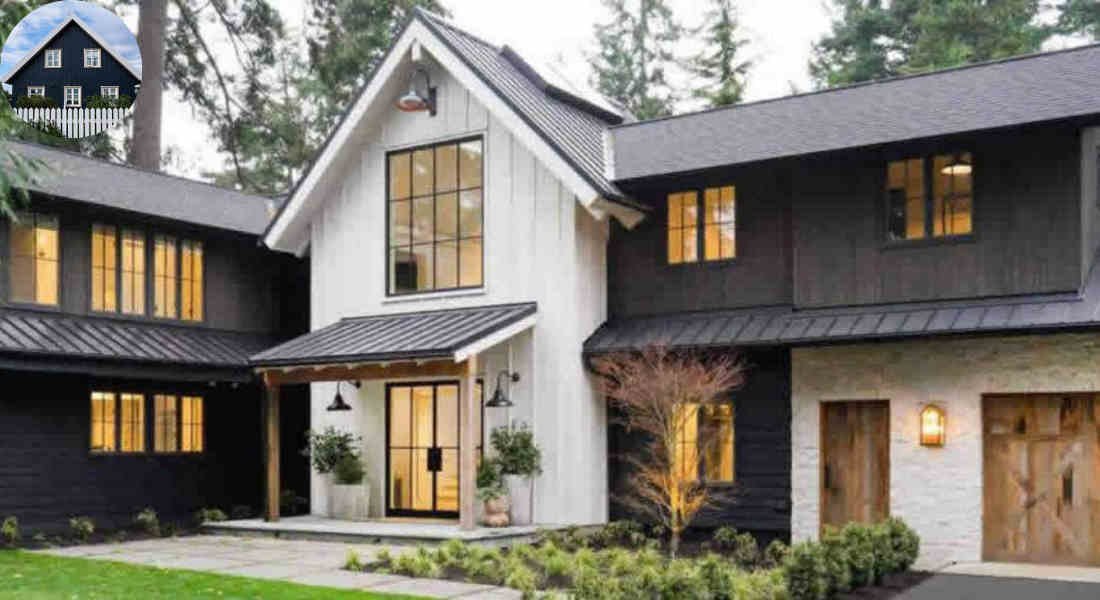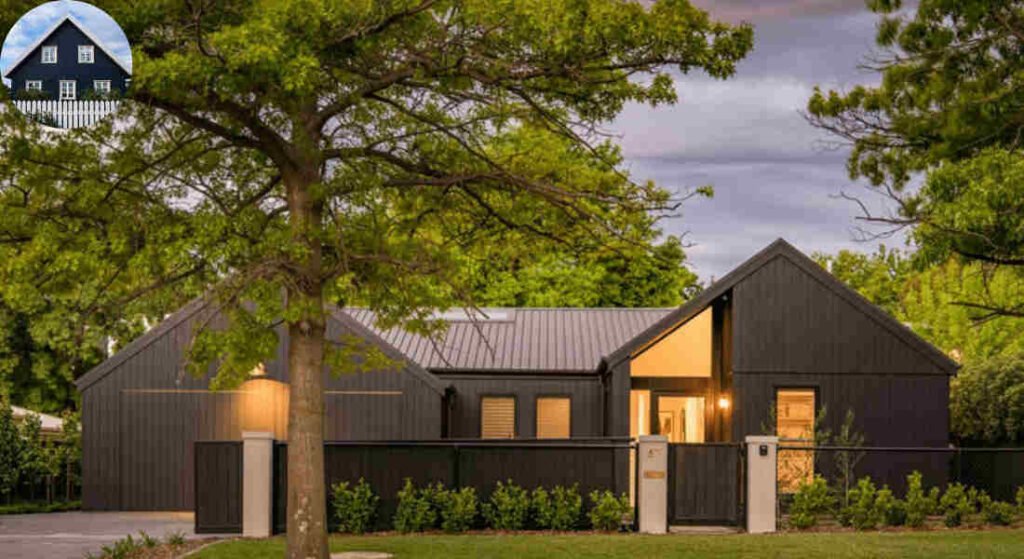Black siding is increasingly popular for its modern aesthetic, but it also raises questions about its impact on home temperature. Because black absorbs more sunlight than lighter colors, it tends to retain and radiate heat, which can influence both the exterior and interior temperatures of a house. This effect varies depending on climate: in warmer regions, black siding may increase cooling costs, while in colder climates, it can help reduce heating expenses by absorbing more heat. Understanding how black siding affects your home’s temperature involves considering factors such as your local climate, insulation quality, sun exposure, and the materials used in your home’s construction. This guide will help you determine whether black siding will affect your home’s temperature and energy efficiency.
The science behind color and temperature absorption
Color plays a crucial role in how surfaces absorb heat. Dark colors, such as black, tend to absorb more sunlight than lighter shades. This phenomenon occurs due to the physics of light absorption and reflection.
Sunlight can be reflected or absorbed when it hits an object. Black surfaces excel at absorbing most wavelengths of light thanks to their darker pigments. As a result, these materials increase in temperature more quickly compared to their lighter counterparts.
This principle is not just limited to siding; it also applies to roofing and pavement. Understanding this concept helps homeowners make informed choices about energy efficiency when selecting exterior colors for their homes.
Factors like insulation and ventilation also play significant roles alongside color choice in determining indoor temperatures. Therefore, while black siding may contribute additional warmth during sunny days, other elements within your home must be considered for optimal climate control.
Factors that affect home temperature
Home temperature is influenced by several elements beyond just siding color.
First, insulation plays a crucial role. Well-insulated walls and attics prevent heat loss during winter and keep the cool air inside during summer.
Windows also matter significantly. Single-pane glass allows more heat transfer than double or triple glazing, creating drafts that can disrupt indoor comfort levels.
Sunlight exposure throughout the day is affected by the orientation of your home. A south-facing house may absorb more warmth, while shaded areas remain cooler.
Landscaping can make a difference too. Trees and shrubs strategically placed around your property provide shade, reducing direct sun on walls and windows.
Local climate conditions are pivotal. Homes in hotter regions may experience greater temperature fluctuations based on external weather patterns compared to those in milder climates.
You may also read (how to change your air filter for a cooler home).
Comparison of black siding to other colors in regards to energy efficiency
When it comes to energy efficiency, the color of your siding plays a significant role. Black siding absorbs more sunlight than lighter colors. This can lead to increased heat retention within the home.
During hot months, white or light gray shades reflect sunlight and keep homes cooler.For those in warmer climates, choosing lighter hues may be wise for reducing cooling costs.
However, black siding has its perks too. It often provides a striking aesthetic that many homeowners love. If you’re determined to use black siding, consider insulation options that offer extra protection against heat absorption.
Strategic tree placement or using awnings can create natural shade and lower indoor temperatures effectively without sacrificing style.
Real-life examples of homes with black siding and their temperature control
Many homeowners have embraced black siding for its sleek and modern aesthetic. Take, for example, a contemporary home in Portland, Oregon. With large windows and efficient insulation, it remains surprisingly cool during the summer months despite its dark exterior.
In contrast, a rustic cabin in Colorado showcases how landscape plays a crucial role. Surrounded by tall pines and shaded areas, the black siding doesn’t heat up as much as one might expect. The natural shade helps keep indoor temperatures comfortable.
Then there’s an urban residence in Austin that combines solar panels with black siding. This innovative design not only looks striking but also maximizes energy efficiency. Homeowners report lower utility bills while enjoying a stylish façade.
These examples highlight that location and design choices significantly influence how black siding interacts with temperature control within homes. Each scenario tells a unique story of functionality blended with aesthetics.
You may also read (does house cleaning really count as exercise).
Tips for maintaining a comfortable temperature with black siding
When it comes to living with black siding, a few simple strategies can help you maintain a comfortable indoor temperature. First and foremost, consider adding insulation in your walls and attic. Proper insulation acts as a barrier against heat transfer, keeping your home cooler in summer and warmer in winter.
Double or triple-pane windows not only reduce heat loss but also minimize the amount of sunlight entering your home during peak hours. This can significantly lower the internal temperature without sacrificing natural light.
Landscaping plays an essential role too. Planting trees or shrubs strategically around your home can provide shade that cools down exterior surfaces, including black siding. Additionally, using lighter-colored materials for driveways and walkways will reflect some heat away from your house.
For those who enjoy gardening, creating a green roof or installing solar panels can contribute positively by reducing overall energy consumption while providing additional insulation benefits.
Regular maintenance of HVAC systems ensures they operate efficiently when needed most—particularly during sweltering summers or frigid winters. Keeping vents clean and filters replaced allows these systems to work effectively without added strain.
With these tips in mind, living comfortably with black siding becomes much more manageable—even if it raises questions about whether does black siding make house hotter. The answer lies not just in color alone but also how we adapt our homes to their environment.
You may also read (can black paint make your house unbearably hot).

